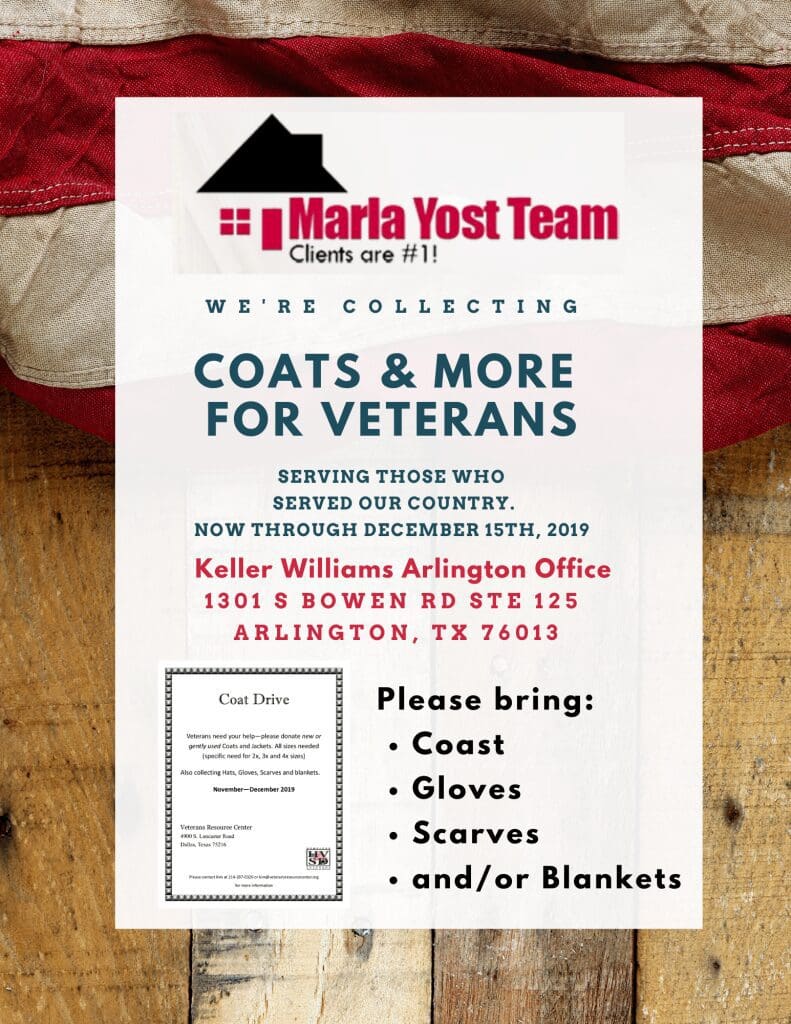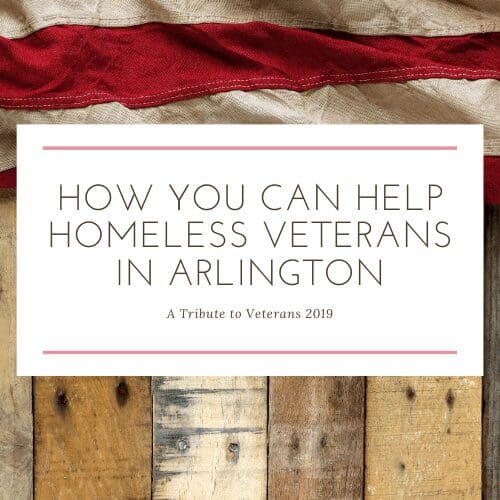Veterans Day is here. It’s the time of year when we show our appreciation to those who have served in wars (any war) usually with the term, ‘Thank you for your service.’ It’s a holiday commemorated by parades, ceremonies and other festivities honoring these courageous members of the military who were willing to give the ultimate sacrifice in order to protect our freedom.
The History of the Day
The fourth Monday of November has been set aside every year in the United States in honor of the “eleventh hour of the eleventh day of the eleventh month” of 1918 that signaled the end of World War I, known as, Armistice Day.
- in 1954, President Dwight D. Eisenhower officially changed the name of the holiday from Armistice Day to Veterans Day.
- In 1968, the Uniform Holidays Bill was passed by Congress, which moved the celebration of Veterans Day to the fourth Monday in October. The law went into effect in 1971, but in 1975 President Gerald Ford returned Veterans Day to November 11, due to the important historical significance of the date.
- Veterans Day commemorates veterans of all wars.
Veterans Today
The military men and women who serve and protect the U.S. come from all walks of life; they are parents, children, grandparents, friends, neighbors and coworkers, and are an important part of their communities. Here are some facts about the veteran population of the United States:
- 18.2 million living veterans served during at least one war as of 2018.
- 9 percent of veterans are women.
- 7 million veterans served during the Vietnam War.
- 3 million veterans have served in support of the War on Terrorism.
- Of the 16 million Americans who served during World War II, about 496,777 were still alive as of 2018.
- Connecticut was home to the highest percentage of World War II veterans as of 2018 at 7.1 percent.
- 2 million veterans served during the Korean War.
- As of 2017, the top three states with the highest percentage of Veterans were Alaska, Maine and Montana, respectively.
Veterans and Homelessness
How many homeless veterans are there?
Although flawless counts are impossible to come by – the transient nature of homeless populations presents a major difficulty – the U.S. Department of Housing and Urban Development (HUD) estimates that 40,056 veterans are homeless on any given night.
Approximately 12,700 veterans of Operation Enduring Freedom (OEF), Operation Iraqi Freedom (OIF) and Operation New Dawn (OND) were homeless in 2010. The number of young homeless veterans is increasing, but only constitutes 8.8% of the overall homeless veteran population.
bout 1.4 million other veterans, meanwhile, are considered at risk of homelessness due to poverty, lack of support networks, and dismal living conditions in overcrowded or substandard housing.
Why are veterans homeless?
In addition to the complex set of factors influencing all homelessness – extreme shortage of affordable housing, livable income and access to health care – a large number of displaced and at-risk veterans live with lingering effects of post-traumatic stress disorder (PTSD) and substance abuse, which are compounded by a lack of family and social support networks. Additionally, military occupations and training are not always transferable to the civilian workforce, placing some veterans at a disadvantage when competing for employment.
A top priority for homeless veterans is secure, safe, clean housing that offers a supportive environment free of drugs and alcohol.
Doesn’t VA take care of homeless veterans?
To a certain extent, yes. Each year, VA’s specialized homelessness programs provide health care to almost 150,000 homeless veterans and other services to more than 112,000 veterans. Additionally, more than 40,000 homeless veterans receive compensation or pension benefits each month.
Since 1987, VA’s programs for homeless veterans have emphasized collaboration with such community service providers to help expand services to more veterans in crisis. VA, using its own resources or in partnerships with others, has secured nearly 15,000 residential rehabilitative and transitional beds and more than 30,000 permanent beds for homeless veterans throughout the nation. These partnerships are credited with reducing the number of homeless veterans by 70% since 2005. More information about VA homeless programs and initiatives can be found here.
Veterans Transition and Resource Center
Here in Arlington area we have a resource for local Veterans who are facing the problems of homelessness.
The Veterans Resource Center provides a first point of contact for veterans needing to connect with nonprofit, employment, educational and VA resources, in order to provide paths towards self-sufficiency.
They’re a non-profit 501 (c) (3) organization that works tirelessly to provide at-risk and homeless Veterans with day services including, but not limited to, access to showers, laundry, computer lab, healthcare services, Veteran Service Officers are also available on sight to help with veteran benefits.
They’ve assisted over 65,000 Veterans since they’ve opened their doors.
What Can I Do?
We here at the Marla Yost Team are collecting for the Veterans Resource Center and we can use your help!

We certainly appreciate all you can donate. Thank you for all your help!
Let’s show our Veterans that we care!
A Big Thanks to These References: https://www.history.com/topics/holidays/veterans-day-facts http://nchv.org/index.php/news/media/background_and_statistics/ https://www.veteransresourcecenter.org/about








0 Comments